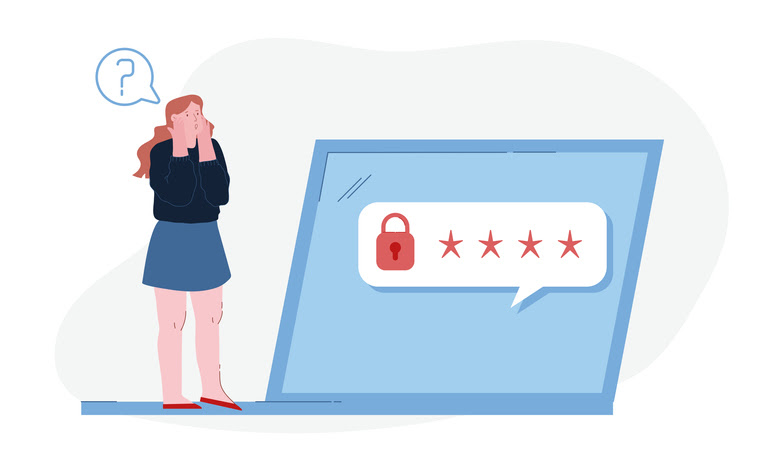[ad_1]

You are probably well aware of the negative impact downtime can have on your website and your company as a whole. Any period of downtime can quickly result in lost sales and leads, a factor which multiplies depending on the average traffic your website usually receives. What’s worse is that those lost sales and leads are likely to go to your competitors, as frustrated potential customers shop elsewhere for the product or service they were looking for on your website. Not to mention the fact that downtime can negatively impact SEO, with search engines such as Google factoring website uptime into their ranking algorithms.
Clearly, any period of unscheduled downtime is to be avoided at all costs. So, what can you do to help to reduce website downtime? We take a look in our latest article.
Choose a Reliable Web Hosting Service
Perhaps the most common cause of website downtime is poor or unreliable website hosting. Unless you are hosting your website on private servers, it is likely that you will have to choose a web hosting company to keep your website online. The provider and plan that you choose to host your website is key to ensuring you maintain as close to 100% uptime as possible.
When it comes to choosing your provider it is important to shop around and read reviews on reliability from existing customers. When you’ve narrowed the list down, you should check to see if any of the providers have experienced outages themselves in the recent past.
Next, you need to choose the best hosting plan for your website. If avoiding downtime is your priority, this is one area of your business you should not skimp on. You will want to avoid cheaper offerings such as Shared Hosting where your website will be hosted on the same server as many others and could leave you exposed in the event of server downtime. Shared Hosting is a cost effective option, but can be unreliable, with sub-optimal speeds and outages common in the event of traffic spikes.
Different providers offer different hosting plans, but Managed Hosting, Cloud Hosting and Dedicated Hosting are all a significant step up in terms of reliability and functionality from Shared Hosting. To learn more, check out our in-depth article on How to Choose a Web Hosting Provider.
Backup your Website Regularly
Making regular backups of your website is a simple but extremely effective way to minimise any unscheduled period of downtime. A backup is a carbon copy of your website that you can use in the event of any unforeseen issues, such as code errors or a DDOS attack. Maintaining an up to date backup of your website will enable you to quickly get your website back online again should the worst happen.
Many web hosting providers offer website backups as part of their higher tier hosting plans, so this is something to consider when choosing your plan. Alternatively, you may be able to backup your website regularly using plugins for your CMS (if you are using WordPress, for example).
Use a Content Delivery Network
A Content Delivery Network (CDN) is the next step up in terms of website hosting functionality, helping to improve both the average uptime of your website, and the speed at which it loads. A CDN is a network of servers spread throughout the world. This geographical spread helps to optimise site speed, but also, in distributing traffic between different servers, helps to drastically reduce the risk of your website crashing in the event of a traffic spike. Your website is also protected in the event of a server failure, as a CDN can redirect traffic through the remaining servers in the network should one of the servers go offline.
CDNs, such as the service provided by Cloudfare, are not a guarantee of website uptime, but they help to further shore up your website against the threat of downtime, and reduce the likelihood of your website going offline due to a server malfunction.
Use a Website Monitoring Service
Once you have chosen a reliable web hosting plan, made regular backups of your website, and have implemented a CDN as an extra layer of insurance, your website is well protected against the threat of unscheduled downtime. Now, the most important thing for you to do as a business is to ensure the status of your website is being monitored actively. You could have the most expensive and robust web hosting plan available, but if you are caught unaware when your website goes offline it will all have been for nothing.
By signing up for a dedicated website monitoring service you can rest assured that your uptime status is being actively monitored, and that you be alerted virtually instantaneously should your website go offline. This is a crucial step to reducing downtime, as it allows you and your business to be proactive in addressing any issues that arise before they begin to impact your website visitors and, eventually, your bottom-line.
Scopify provides a suite of uptime monitoring tools which are easy to set-up and use, and provide you with insights you need to the downtime of your website. Our free plan includes a range of free tools, including page speed monitoring, while our paid plans include SSL Monitoring, Server Monitoring, Domain Monitoring and Virus Scanning.
Click here, to start your free trial today.
[ad_2]
Source link




